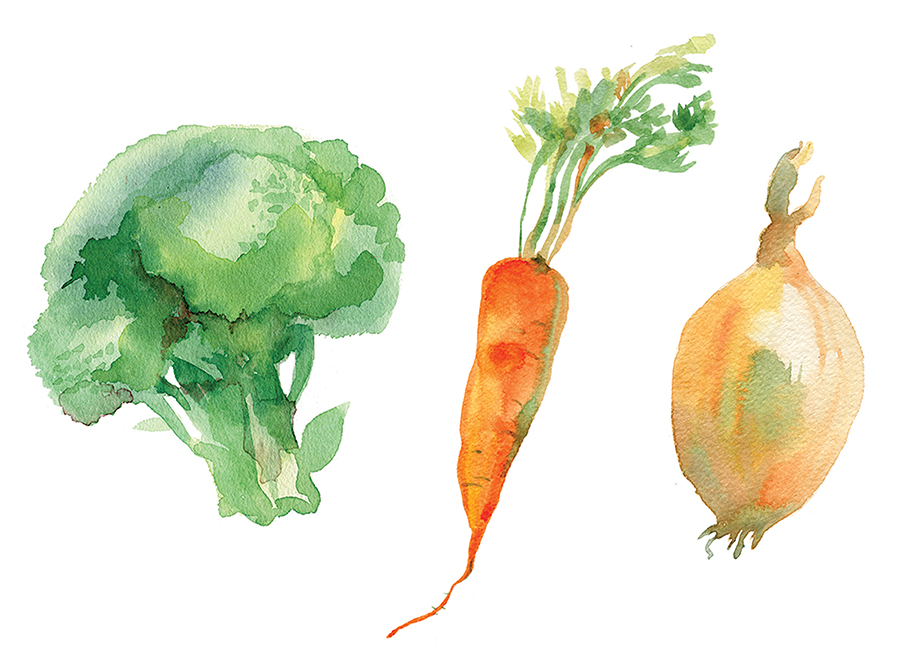Almanac
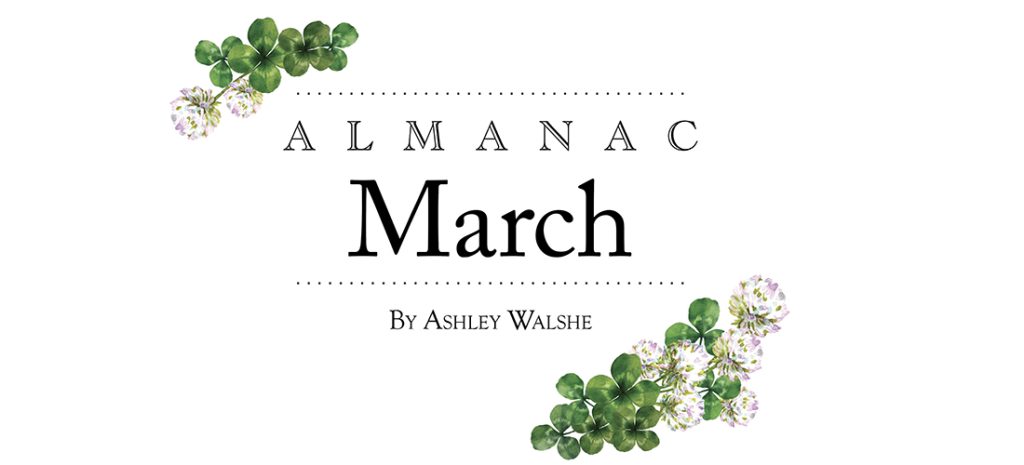
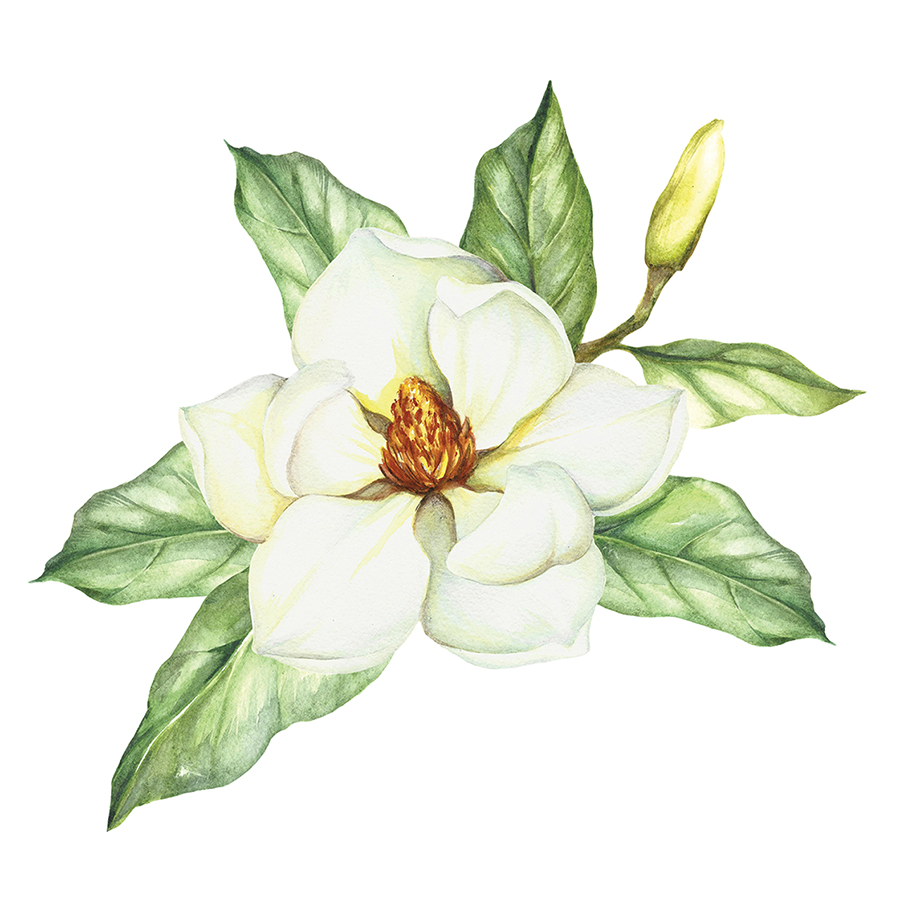
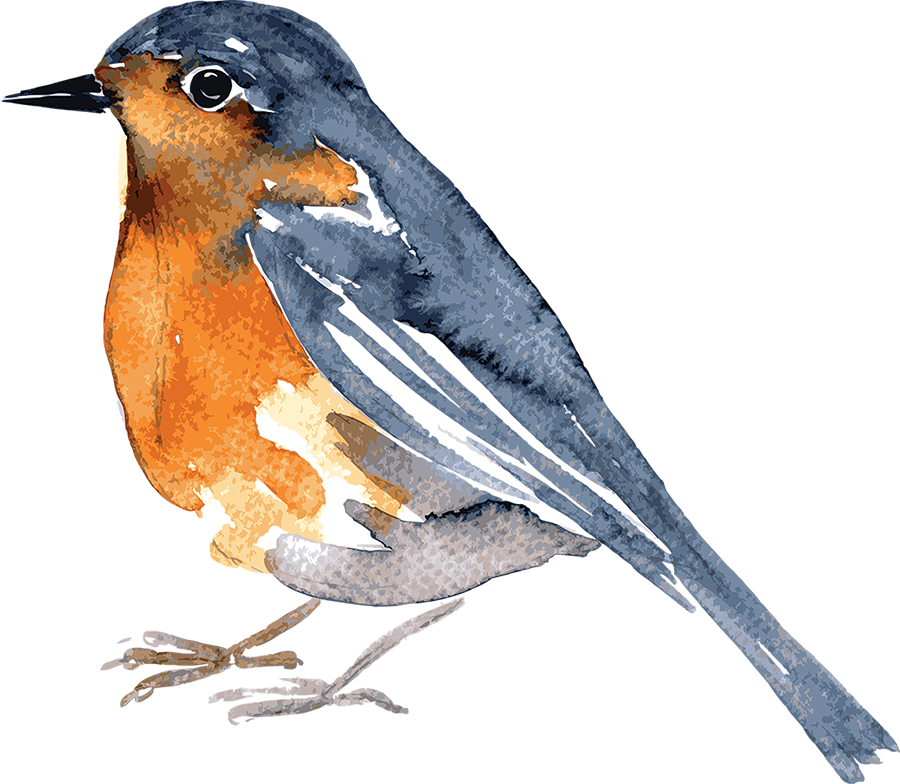
March is a born artist, wide-eyed and unbridled, creating for the sake of life itself.
The genius begins with a single daffodil, warm and bright, nodding in a stream of honeyed light. Each petal is a world of yellow. Each leaf, a meditation on green.
The artist becomes obsessed.
One daffodil becomes a series, progressively abstract, until each flower is more essence than form.
Paintings expand into wild landscapes. Quick as the hand can move, a rolling sea of yellow starbursts stretches from one canvas to the next. The foreground softens. Thick and messy brushstrokes evoke a tender, playful light.
Crested irises and yellow violets now spill from the frenzied brush, followed by flowering clover, purple deadnettle, wild onions, chickweed and a downy flush of dandelions.
Robins begin to appear. Bluebirds, too. Tree swallows and towhees and red-winged blackbirds. The painting nearly sings out.
Leafless branches, stark among the luscious earth, are suddenly laden with clusters of crimson whirligigs. Redbuds are studded with bright fuchsia blossoms. Soft pink swirls adorn silver-limbed saucer magnolias.
The brush strokes quicken. A sweep of tulips colors the earth magnificent. As spring bursts forth, flower by brilliant, quivering flower, the artist surrenders to the muse.
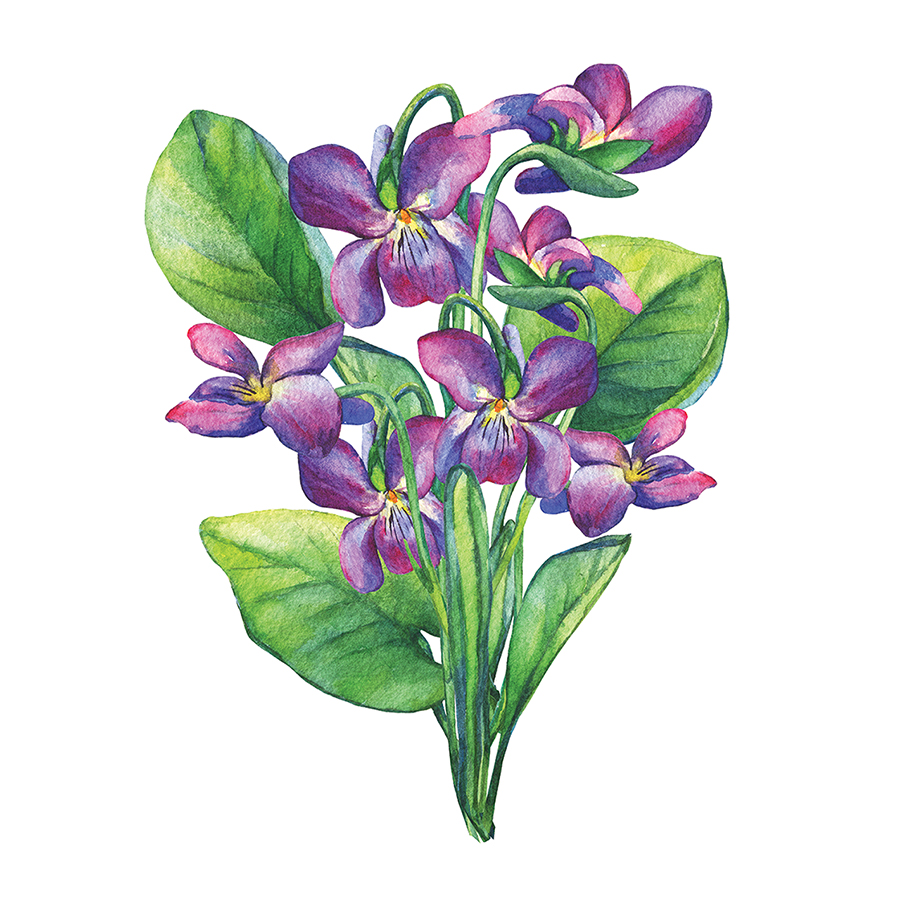
On the Wild Side
Among the wild blossoms beginning to carpet the soft earth — fig buttercups and field mustard, blood root and Johnny jump-ups, dimpled trout lilies and Carolina jessamine — the common blue violet is one you’ll likely spot in damp woods and shady meadows. Also called the woolly blue violet, wood violet or common meadow violet, this short-stemmed perennial is known for its heart-shaped leaves (edible) and white-throated purple flowers (also edible).
But have you ever seen a bird’s foot violet? Named for the shape of its narrowly lobed leaves (they do, in fact, resemble bird feet), this viola species prefers dry, sandy soil and pine lands. The five-petaled flower, lilac or bicolored with bright orange anthers, is largely considered to be the most beautiful violet in the world. But what spring bloomer isn’t a bewitching vision to our winter-weary eyes?
Our life is March weather, savage and serene in one hour. — Ralph Waldo Emerson
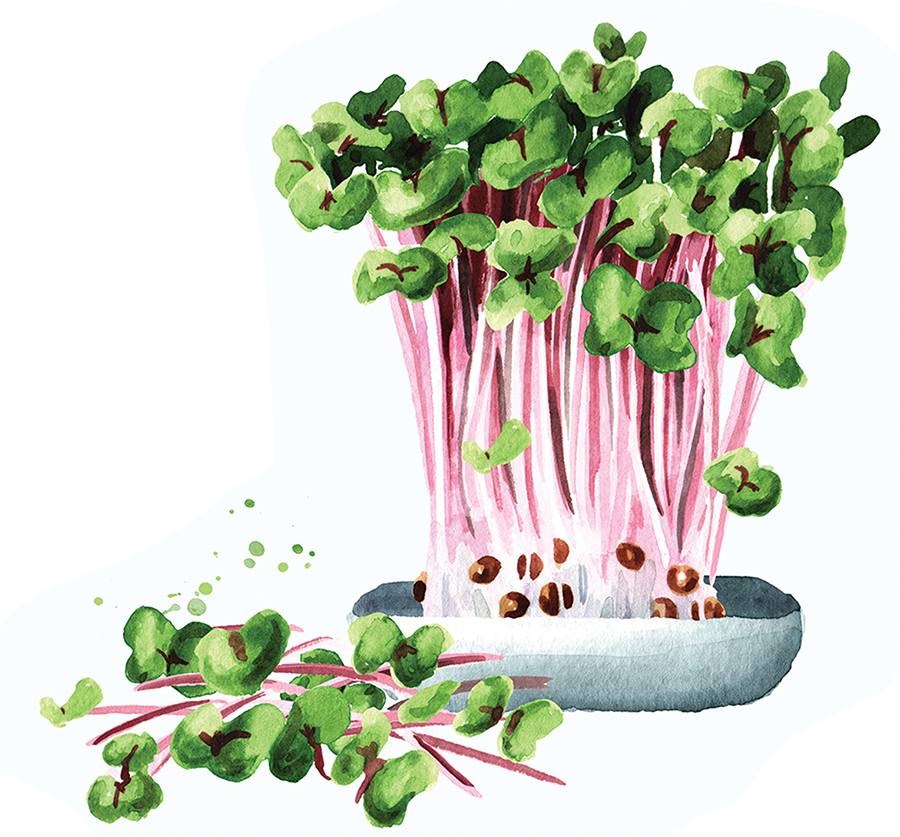
A Time to Sow
The cold earth is thawing. The Full Sap Moon rises on Tuesday, March 7. The maple sap is flowing once again.
The vernal equinox occurs on Monday, March 20 — along with a dark, balsamic moon. As a new season and cycle begin, we return to the garden.
In early March, sow carrot, spinach, radish, pea and turnip seeds directly into the softening earth. Mid-month, sow chives, parsley, onion and parsnips. At month’s end: beet and arugula seeds.
Broccoli, cauliflower and cabbage seedlings can be transplanted outdoors mid- to late-month. Ditto kale, Swiss chard, lettuce and kohlrabi.
Growing season has commenced. As the days grow warmer still, behold the simple miracle of spring’s return. The miracle of life itself. PS

